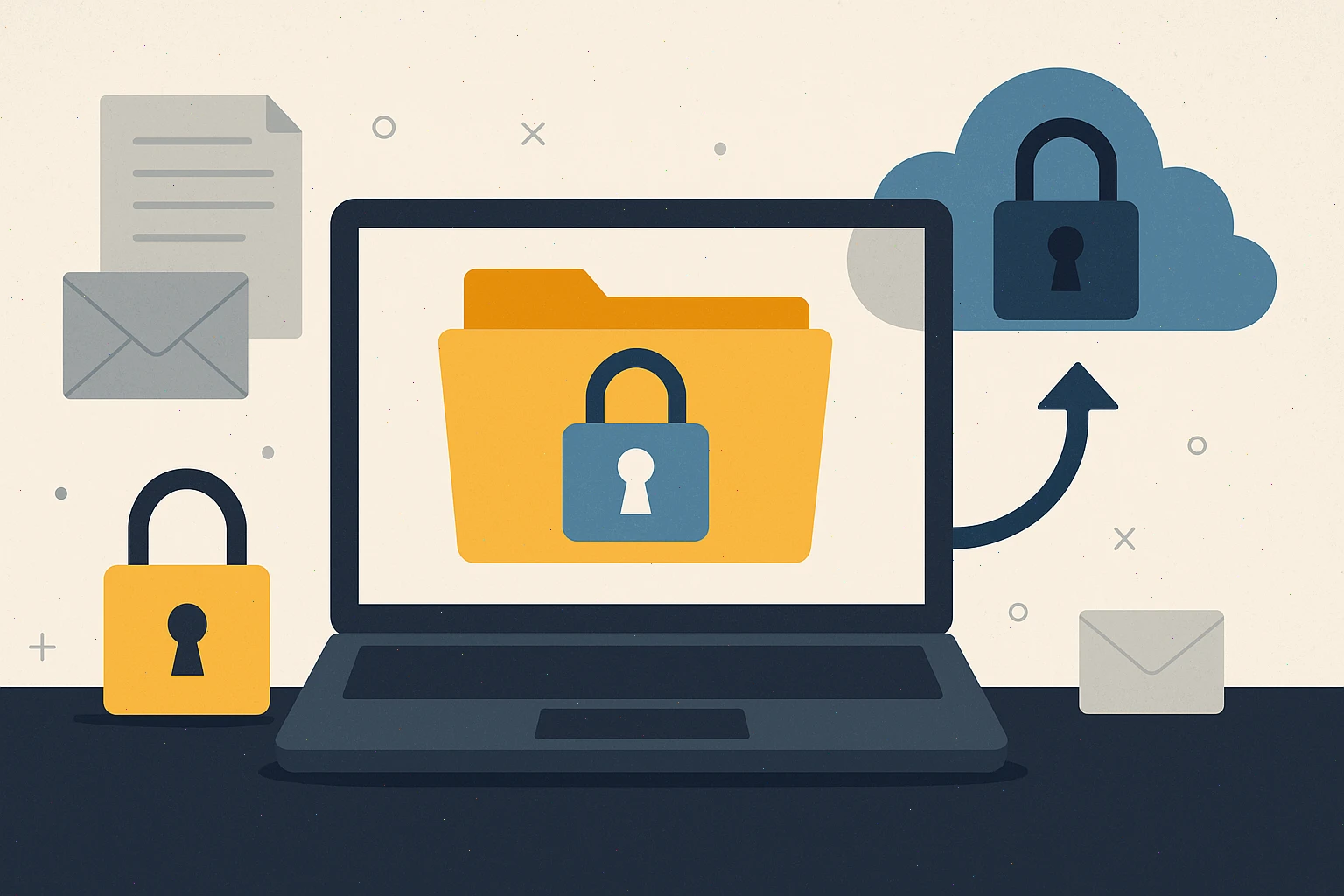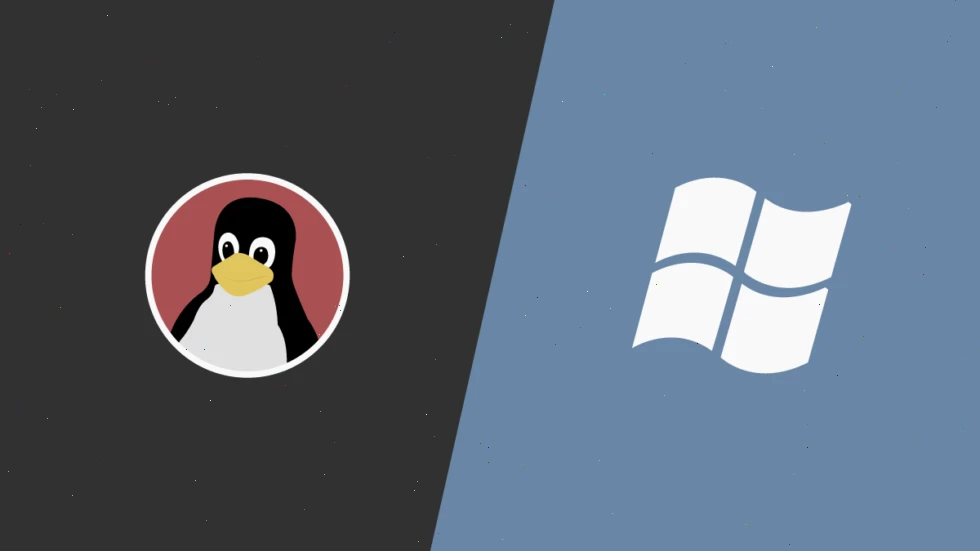Taking Control of Your Cloud Security
In an era where data breaches and privacy violations are alarmingly common, blindly trusting cloud storage providers is no longer an option. While convenient, these services often leave your sensitive files exposed—whether through vulnerabilities, corporate data mining, or outright hacks. The good news? You don’t have to rely on their security alone. By encrypting your files before they ever reach the cloud, you take back control. Here’s how I protect my data and why it’s worth the effort.
Cloud Storage Isn’t as Secure as You Think
I used to believe that cloud storage was a perfectly safe place for my files—until I learned about the number of high-profile data breaches, even among major providers. These companies boast about their security, but the reality is far from reassuring.
Your files are stored on massive servers owned by someone else, and trusting them means risking your privacy. Even with encryption in transit and at rest, files are often decrypted on the server side, which makes them vulnerable. When a widely-used antivirus program was exposed for selling user data, my view on digital privacy changed forever.
I’ve completely stopped relying on free cloud storage for personal photos. When a service is free, you’re not the customer—you’re the product. Your data might be used for targeted advertising or AI model training without your knowledge or consent.
Even password managers like LastPass have suffered breaches, showing that no system is immune. That’s why I now always encrypt my sensitive documents before uploading them. This includes financial records, scanned IDs, personal journals, and anything containing passwords or personal data.
After trying many tools, I now use two reliable options that balance security and ease. Like most people, I want to stay secure without making the process overly complicated—because if it’s too hard, I’m likely to skip it altogether.
VeraCrypt: For My Most Sensitive Files
VeraCrypt is my go-to tool for strong encryption. It’s free, open-source, and has passed multiple security audits. The best part is how it lets you create encrypted “containers” that look like ordinary files but require a password to unlock.
I use VeraCrypt for financial documents, IDs, and anything I’d be horrified to have leaked. It uses military-grade encryption, meaning even if my laptop is stolen or my cloud account hacked, my files are still protected.
To encrypt files using VeraCrypt:
- Open VeraCrypt and click Create Volume.
- Select Create an encrypted file container, then choose Standard VeraCrypt volume.
- Choose a file location and name.
- Pick your encryption algorithm (I go with AES) and hash function (SHA-512).
- Set the volume size.
- Choose a strong password and file system (NTFS for large, FAT for small).
- Move your mouse randomly to generate cryptographic strength.
- Format the volume and let it complete.
- Mount the volume and drag files into it like a normal drive.
- Unmount it when finished to secure everything.
After unmounting, I upload the encrypted container to the cloud. Setting it up initially took five minutes, but now it takes just one. It’s also helpful when I need to share sensitive files securely.
7-Zip: For Quick Encryption Tasks
When I need to encrypt just a few files or folders quickly, I use 7-Zip. It’s primarily a compression tool, but it also supports strong AES-256 encryption. A bonus: recipients don’t need 7-Zip—most archive tools can open password-protected files.
It’s lightweight, integrates with Windows’ right-click menu, and is perfect for quick encryption tasks. Here’s how I use it:
- Right-click the files or folders.
- Choose 7-Zip > Add to archive.
- Pick your archive format (I use .7z).
- Select AES-256 encryption and set a strong password.
- Check Encrypt file names to hide metadata.
- Click OK and delete the original files securely.
- Upload the archive or share it as needed.
VeraCrypt is great for large, high-security needs. 7-Zip handles the quick, shareable stuff. Both are essential in my toolkit.
How I Access My Encrypted Files Across Devices
Accessing encrypted files on Windows is easy with VeraCrypt and 7-Zip. Android, however, is trickier—desktop tools don’t always work the same way.
For 7-Zip archives, I use ZArchiver on Android. It handles encrypted ZIP and 7Z files without issue, letting me view files securely while mobile.
My typical process:
- Encrypt files with 7-Zip on my PC.
- Save to cloud storage.
- Open the archive on Android using ZArchiver.
- Enter password to view or edit.
- Re-encrypt and re-upload if I make changes.
Note: once extracted to your phone, files are no longer encrypted. I always delete them after use.
As for VeraCrypt containers on Android—there are apps that claim to support them, but I’ve found them unreliable or suspicious. So for anything I need on mobile, I stick to 7-Zip.
I also keep archives small and categorized. Instead of one giant container, I use smaller ones for faster syncing and easier access over mobile data.
Avoiding Common Mistakes
Even with strong tools, user error can break your security. The biggest mistake? Weak passwords. No encryption can save you if your password is “123456” or your pet’s name. I use a password manager and generate complex, unique passwords.
Another pitfall: failing to delete the original, unencrypted files. Encryption doesn’t erase the source file—you have to do that yourself using secure deletion tools that overwrite the data.
And never leave encrypted volumes open if you’re away from your computer. Always dismount them when not in use.
Final Thoughts
If you care about digital privacy, encrypting your files before uploading them is a habit worth forming. Encryption only works as well as your implementation. Use strong passwords, securely delete originals, and close encrypted volumes when idle.
Adding encryption may seem like an extra step—but it’s one that pays off in peace of mind.



